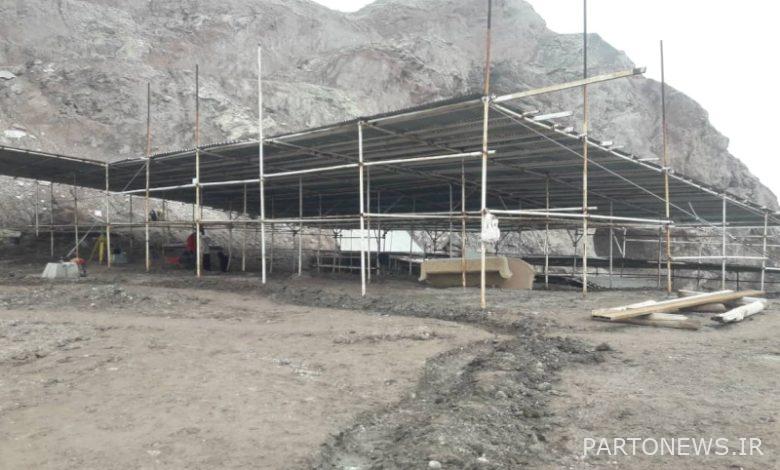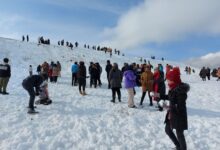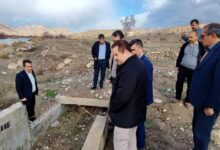New angles were discovered in the way salt men were buried

According to the Aria Heritage Report, citing the public relations of the Cultural Heritage and Tourism Research Institute, Abolfazl Aali, the Iranian head of the Archaeological Board, announced the news: “According to the plan, it will continue until mid-December this year.”
He stated that the excavation of this chapter will be done after a 3-year break in field work and following the archeological researches of the previous years. “Mining dates back to the Achaemenid and Sassanid periods. Other parts of the salt mine mountain, including the collapsed tunnels of the Qajar and Pahlavi periods, the Seljuk period and the miners’ settlement camp at the bottom of the mine mountain were excavated.”
According to this archaeologist, according to the results obtained from the excavations of previous seasons in Dozlakh mine, salt mining in Chehrabad is a long-term activity that started from the Achaemenid period and in different periods including Sassanid, Seljuk, Safavid, Qajar and Pahlavi has continued.
“High quality of Chehrabad salt has been one of the main reasons for the continued exploitation and export to other areas,” Aali said, noting that parts of the salt mine have been exploited and extracted in each period.
“However, the extraction technique and the amount of exploitation have varied in each period according to need and possibly the type of management and governance system,” he added.
The Iranian head of the archeological delegation said: “Due to the lack of integration of salt veins in the Chehrabad salt dome, non-observance of safety issues and possible earthquakes and collapse of salt extraction tunnels on several occasions, including the Achaemenid period, the beginning and end of the Sassanid period, “And the Pahlavi period has taken place, and in every fall a number of miners, now known as salt men, have been killed and buried.”
Aali stated: “Considering the goals intended for exploring this chapter and the numerous questions in exploring the new chapter, it was decided to dig only in a part of the area explored in previous seasons and under the shed that the provincial administration years ago “Set up and do it to protect the excavated section.”
He stated that the purpose of exploring this chapter was to follow the condition of tunnels related to the Sassanid period and mining in this period and added: ; “There are traces of Sassanid miners’ activity, which includes large tunnels that have been filled with rubble and salt rocks due to the collapse of the mine around the end of this period.”
“According to the available evidence, Sassanid miners excavated large parts of the salt mine mountain in a long period of time,” he said, expressing satisfaction that the walls of the tunnels, which show the traces of mining tools, could be seen after the collapse. “They have been extracted.”
“During the recent excavations of the Sassanid miners, including mineral layers, fallen sections and other parts of the rock salt tunnels, and in the excavations of this chapter, other parts of the cattle ranch have been found,” said the Iranian head of the archeological delegation.
Aali stated that according to the available evidence, parts of the tunnels of the Sassanid period were the place where bearing animals were kept and the salt was probably transported and loaded inside the covered tunnels of the mine. “The Sassanid strata should continue to better understand and have a clearer view of the Sassanid period mining and also to carry out conservation operations after excavation.”
.

